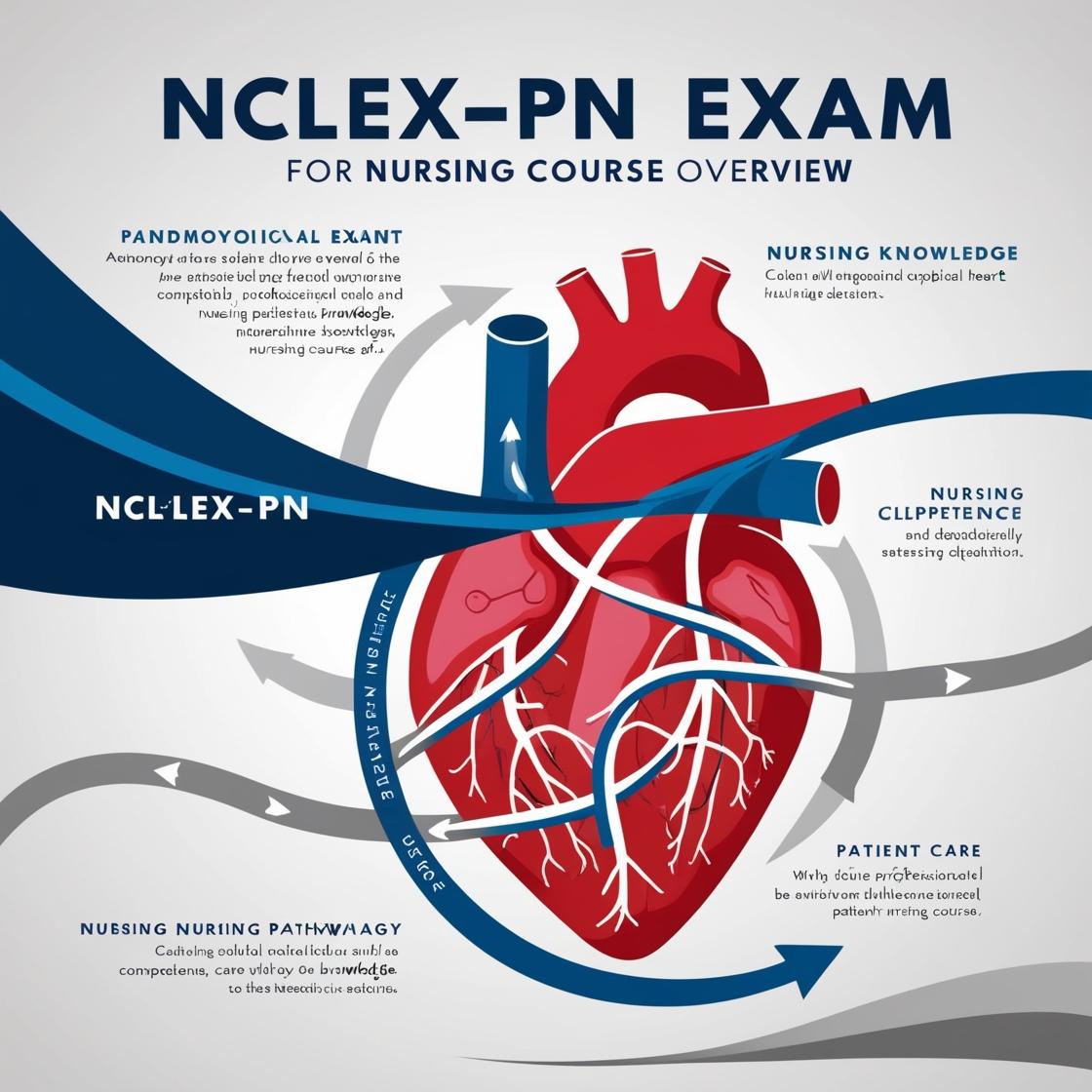NCLEX-PN
Kaplan NCLEX Question of The Day
1. Which electrolyte imbalance would be the nurse's priority concern in the burn client?
- A. Hypernatremia
- B. Hyperkalemia
- C. Hypoalbuminemia
- D. Hypermagnesemia
Correct answer: B
Rationale: The correct answer is hyperkalemia. In a burn client, the nurse's priority concern is hyperkalemia due to cell lysis, which releases potassium into the bloodstream. This can lead to dangerous levels of potassium in the blood. Hypernatremia (Choice A) is less likely in burn clients. Hypoalbuminemia (Choice C) can occur but is not the priority in the immediate management of a burn client. Hypermagnesemia (Choice D) is not typically associated with burn injuries.
2. A client admitted with an episode of bleeding esophageal varices is receiving propranolol (Inderal LA). The nurse knows to monitor for?
- A. Hypertension
- B. Hyperkalemia
- C. Bradycardia
- D. Arthralgia
Correct answer: C
Rationale: The correct answer is 'Bradycardia.' Propranolol is a beta-blocking agent used to decrease the heart rate. In the case of bleeding esophageal varices, propranolol is given to reduce the risk of bleeding by keeping the heart rate around 55 beats per minute. Monitoring for bradycardia is essential as the medication's intended effect is to lower the heart rate. Choices A, B, and D are incorrect because propranolol would not typically cause hypertension, hyperkalemia, or arthralgia.
3. Which dietary consideration is most important for the nurse to teach to a client with hypothyroidism?
- A. Increase carbohydrate intake
- B. Increase fluid intake
- C. Avoid shellfish
- D. Increase fiber
Correct answer: D
Rationale: The correct answer is to 'Increase fiber.' In hypothyroidism, clients often experience constipation due to decreased metabolic rate. Increasing fiber in the diet can help alleviate constipation. Choice A, 'Increase carbohydrate intake,' is incorrect as there is no specific need to increase carbohydrate intake in hypothyroidism. Choice B, 'Increase fluid intake,' is not directly related to managing hypothyroidism, although adequate hydration is generally important for overall health. Choice C, 'Avoid shellfish,' is commonly associated with hyperthyroidism due to its iodine content, not hypothyroidism.
4. The nurse should plan to evaluate the earliest onset of effectiveness of nitroglycerin (Nitrostat) sublingual (SL) within what time frame?
- A. 15 seconds
- B. 3 minutes
- C. 5 minutes
- D. 15 minutes
Correct answer: B
Rationale: The onset of action for Nitrostat SL is 1 to 3 minutes. Therefore, the nurse should plan to evaluate the earliest onset of effectiveness within 3 minutes after administering the medication. Option A, 15 seconds, is too short of a time frame for the onset of action of Nitrostat. Option C, 5 minutes, is slightly delayed compared to the typical onset time. Option D, 15 minutes, is too long to wait for evaluating the effectiveness of Nitrostat sublingual administration.
5. Which symptom is the client who self-administered an overdose of acetaminophen most likely to exhibit?
- A. Pink frothy sputum
- B. Seizure activity
- C. Jaundiced conjunctiva
- D. Diaphoresis and fever
Correct answer: C
Rationale: When a client self-administers an overdose of acetaminophen, the liver is primarily affected. Jaundiced conjunctiva, which is yellowing of the eyes, is a common symptom of liver damage. Pink frothy sputum is typically associated with conditions like pulmonary edema, not acetaminophen overdose. Seizure activity is not a common symptom of acetaminophen overdose but can be seen in other toxicities. Diaphoresis and fever are more generalized symptoms and not specific to acetaminophen overdose.
Similar Questions

Access More Features
NCLEX PN Basic
$69.99/ 30 days
- 5,000 Questions with answers
- Comprehensive NCLEX coverage
- 30 days access @ $69.99
NCLEX PN Premium
$149.99/ 90 days
- 5,000 Questions with answers
- Comprehensive NCLEX coverage
- 30 days access @ $149.99
